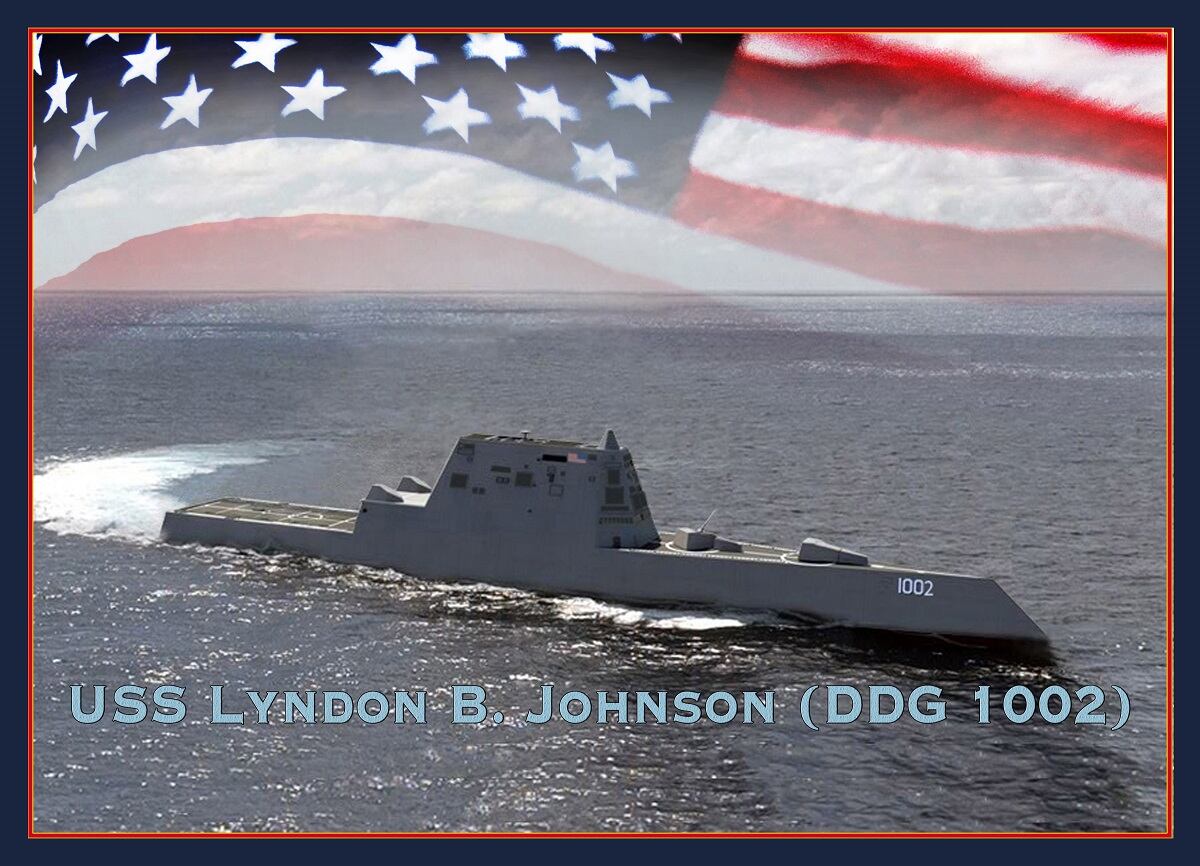NATIONAL HARBOR, Md. — The U.S. Navy is considering a significant change to its new stealth destroyers, one driven by the change of mission announced in last year’s budget documents, the head of the program said May 7 at the Sea-Air-Space conference.
The service has been struggling to find a use for the ship’s advanced gun system — the largest of its type fielded by the service since World War II — and now is considering stripping them off the platform entirely, said Capt. Kevin Smith, the DDG-1000 program manager at Program Executive Officer Ships.
The Navy sidelined the guns after the service truncated the buy to just three ships, and after the ammunition, called the Long-Range Land-Attack Projectile, ballooned in price to more than $800,000 per round.
"The guns are in layup,” Smith said. “We're waiting for that bullet to come around that will give us the most range possible. But given that that is offensive surface strike, we're going to look at other capabilities potentially that we could use in that volume.”
The ships shifted missions from land attack to ship-hunting and -killing last year. The Navy is integrating the SM-6 missile, which has a surface-attack mode, and are integrating the maritime strike Tomahawk to fill out the new capabilities.
RELATED

In April testimony, the Navy’s top requirements officer, Vice Adm. William Merz, told Congress that the slow development of the Advanced Gun System was holding back the Zumwalt.
“Even at the high cost, we still weren’t really getting what we had asked for,” he said. “So what we’ve elected to do is to separate the gun effort from the ship effort because we really got to the point where now we’re holding up the ship.”
The Navy has touted the ship’s excess space, weight, power and cooling as advantages the service would want throughout the ship’s life. Everything from directed energy and electromagnetic rail guns to electronic warfare equipment has been floated as add-ons to the Zumwalt-class destroyers.
The Navy got in its present pickle with the 155mm/.62-caliber gun with automated magazine and handling system because the service cut the buy from 28 ships, to seven, and finally to three.
The AGS was developed specifically for the Zumwalt class, as was the LRLAP round it was intended to shoot. There was no backup plan, so when the buy went from 28 to three, the costs remained static, driving the price of the rounds through the roof.
The program itself is coming along, said Smith.
The Zumwalt is going through trials as its combat system installation wraps up; the Michael Monsoor is heading into the yards for its combat system installation; and the Lyndon B. Johnson is nearly 85 percent complete.
The remaining work on Johnson involves running cables, painting spaces and otherwise putting the finishing touches on the ship. The ship will then leave Bath, Maine, and head toward its home port of San Diego, California.
“We’re going to energize high voltage in September, lighting off the generators in the spring, then we’ll be going to test and activation for the [hull, mechanical and electrical systems], trials in the fall, then delivery.”
David B. Larter was the naval warfare reporter for Defense News.






